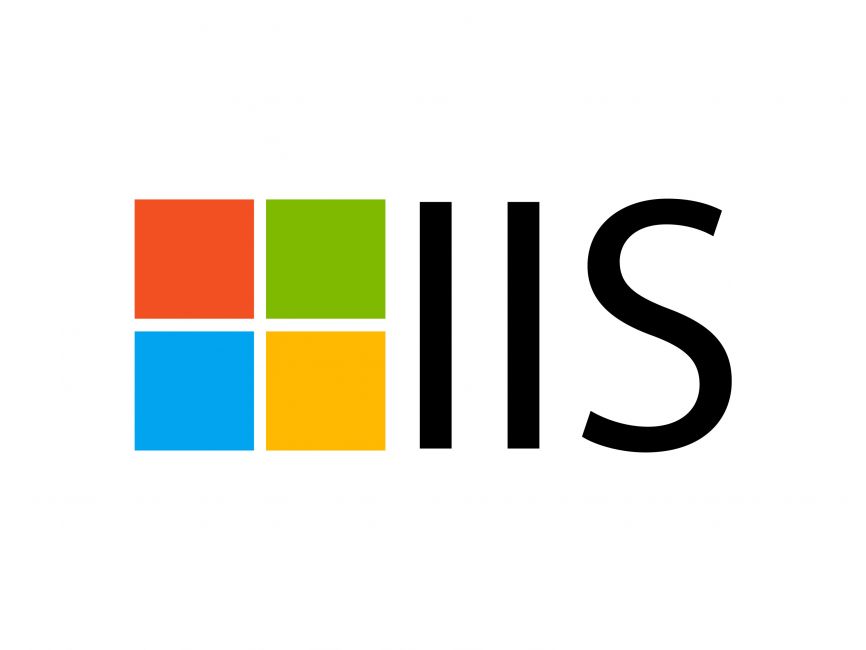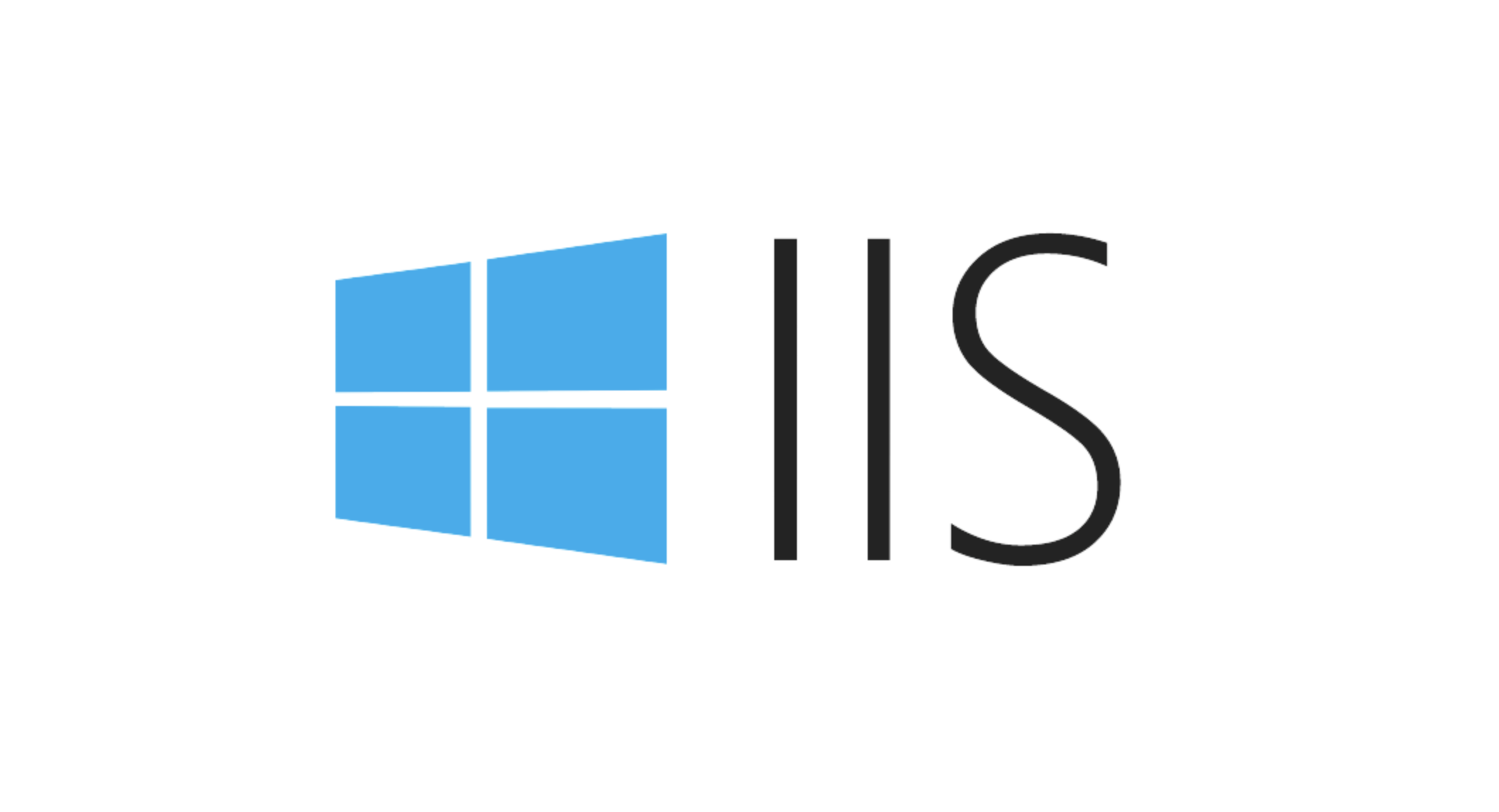To troubleshoot server issues, you can associate the IIS log with the Event Viewer log through the timestamp and context fields. 1. Ensure that the time formats of the two are consistent and both use local time for comparison; 2. Use timestamps, client IP, username, status code, event ID and other key fields to establish associations; 3. Use Log Parser Studio, ELK Stack, Splunk or PowerShell scripts to improve analysis efficiency; 4. In actual scenarios, it can be used to troubleshoot problems such as user access errors, 500 status codes, and authentication failures, and quickly locate the root cause of the problem by combining time and context information.

Correlating IIS logs and Event Viewer logs are useful when troubleshooting server problems, especially when you want to locate specific time and context information when a request or error occurs. The key is to find the correspondence between the timestamps and event identification.

1. Confirm the timestamp format is consistent
The default time formats of IIS logs and event viewers may be different, and the first step is to make sure they both use the same time zone and time formats.
- IIS log time : Usually the server local time is recorded, the format is similar to
2024-03-15 10:23:45 - Event Viewer Time : The local time is displayed by default, but a more detailed time stamp can be seen in the event properties
Tips: You can enable the "Date Time Field" in the IIS log and set the "Details" view in the event viewer, so that you can compare time more accurately.

2. Find associated keyword fields
Although the contents of IIS logs and event logging are different, there are several key fields that can be used as bridges:
- Timestamp : The most direct way to associate, it is recommended to be accurate to seconds
- Client IP address (c-ip) : Can be used to track requests from specific users
- Username : When Windows authentication is enabled, you can match specific users
- Status code (sc-status) : If the 500 error is errored, you can find error events in the event log in the event log.
- Event ID : For example, the 500 error that occurs in IIS may have the corresponding Event ID 1000 or 1010 in the system log.
3. Use tools to assist in association
Manual comparison of logs is inefficient, and it is recommended to use the following tools for centralized analysis:

- Log Parser Studio : Microsoft's free tool, supports SQL-style query IIS logs, and can import event logs for comparison
- ELK Stack (Elasticsearch Logstash Kibana) : Suitable for long-term centralized management of logs, and visual associations are more intuitive
- Splunk : Business tool, powerful, suitable for enterprise-level log analysis
- PowerShell script : You can write a simple script to extract IIS logs and event logs and merge them to display by time
For example, you can use Log Parser to write a query like this:
SELECT TO_TIMESTAMP(date, time) AS timestamp, cs-uri-stem, sc-status FROM ex240315.log WHERE sc-status >= 500
Then filter the "System Log" or "Application Log" for the same time period in the Event Viewer to see if any abnormal events have occurred.
4. Common scenarios in actual investigation
Here are a few scenarios you may use:
- A user reported an access error : Check the IP time in the IIS log, and then check whether there are corresponding error events in the event log.
- 500 error occurred in IIS : Check whether there are IIS or ASP.NET-related errors (such as Event ID 1000)
- Authentication failed : see the 401 status code in the IIS log. You can find the login failed event in the Security log in the event log.
Basically that's it. The core of the IIS and event log is the "time context field". If you use this information well, you can troubleshoot problems much faster. Tools can save you time, but understanding the log structure and content is the key.
The above is the detailed content of How to correlate IIS logs with event viewer logs?. For more information, please follow other related articles on the PHP Chinese website!

Hot AI Tools

Undress AI Tool
Undress images for free

Undresser.AI Undress
AI-powered app for creating realistic nude photos

AI Clothes Remover
Online AI tool for removing clothes from photos.

Clothoff.io
AI clothes remover

Video Face Swap
Swap faces in any video effortlessly with our completely free AI face swap tool!

Hot Article

Hot Tools

Notepad++7.3.1
Easy-to-use and free code editor

SublimeText3 Chinese version
Chinese version, very easy to use

Zend Studio 13.0.1
Powerful PHP integrated development environment

Dreamweaver CS6
Visual web development tools

SublimeText3 Mac version
God-level code editing software (SublimeText3)

Hot Topics
 Configuring Request Limits and Connection Timeouts in IIS
Jul 08, 2025 am 12:36 AM
Configuring Request Limits and Connection Timeouts in IIS
Jul 08, 2025 am 12:36 AM
To limit the size of client requests, the maxAllowedContentLength parameter can be modified in web.config, such as setting it to 104857600 (100MB), and synchronizing the maxRequestLength of ASP.NET at the same time; to reasonably set the connection timeout time, it can be modified through the IIS manager or appcmd.exe command, with the default of 120 seconds, and the API scenario is recommended to set it to 30-90 seconds; if the request queue is full, you can increase MaxClientConn and QueueLength, optimize application performance, and enable load balancing to relieve stress.
 Diagnosing High CPU Usage Issues Within IIS Worker Processes
Jul 04, 2025 am 01:04 AM
Diagnosing High CPU Usage Issues Within IIS Worker Processes
Jul 04, 2025 am 01:04 AM
HighCPUusageinIISworkerprocessesistypicallycausedbyinefficientcode,poorconfiguration,orunexpectedtrafficpatterns.Todiagnosetheissue,firstidentifythespecificw3wp.exeprocessusinghighCPUviaTaskManagerorResourceMonitoranddetermineitsassociatedapplication
 Configuring Dynamic Compression for Appropriate Content Types in IIS
Jul 04, 2025 am 12:55 AM
Configuring Dynamic Compression for Appropriate Content Types in IIS
Jul 04, 2025 am 12:55 AM
When configuring dynamic compression in IIS, selecting content types reasonably can improve performance. First enable the dynamic compression module, install and configure web.config or IIS manager through the server manager. Secondly, set appropriate content types, such as HTML, CSS, JavaScript, and JSON, text content is suitable for compression, while pictures and videos are not suitable. Finally, pay attention to the impact of client compatibility and performance, monitor CPU load, client support status and small file compression effects, and adjust the configuration based on actual traffic to obtain the best benefits.
 Configuring Directory Browsing Permissions and Behavior in IIS
Jul 10, 2025 pm 02:08 PM
Configuring Directory Browsing Permissions and Behavior in IIS
Jul 10, 2025 pm 02:08 PM
ToenableandcustomizedirectorybrowsinginIIS,firstinstallandenabletheDirectoryBrowsingfeatureviaServerManagerandIISManager;next,customizetheappearanceusingheaderandfooterHTMLsnippets;thenconfiguredefaultdocumentstopreventunintendeddirectorylistings;fin
 Configuring HTTP Response Headers for Caching and Security in IIS
Jul 07, 2025 am 12:23 AM
Configuring HTTP Response Headers for Caching and Security in IIS
Jul 07, 2025 am 12:23 AM
Configuring HTTP response headers in IIS to optimize cache and improve security can be achieved by setting cache-related headers and adding security response headers. 1. Set cache-related headers: By configuring the clientCache element in the web.config file, set the Cache-Control and Expires headers for static resources, for example, use cacheControlMaxAge to specify the cache time, and fine-grained control can also be performed for specific file types (such as .jpg), but avoid HTML page caching for too long. 2. Add security-related headers: Configure X-Content-Type-Optio through customHeaders in web.config
 Understanding the Difference Between IIS Virtual Directories and Applications
Jul 06, 2025 am 12:58 AM
Understanding the Difference Between IIS Virtual Directories and Applications
Jul 06, 2025 am 12:58 AM
VirtualdirectoriesandapplicationsinIISdifferinindependenceandconfiguration.1.Virtualdirectoriesactasaliasestoexternalcontent,sharingtheparentsite’sapplicationpoolandconfiguration,idealfororganizingstaticfileswithoutduplication.2.Applicationsrunindepe
 Managing Application Pool Identities and Associated File System Permissions for IIS
Jul 03, 2025 am 12:13 AM
Managing Application Pool Identities and Associated File System Permissions for IIS
Jul 03, 2025 am 12:13 AM
To solve the IIS application pool authentication account permission problem, first, you need to confirm the identity account used by the application pool. The default is IISAppPool{AppPoolName}, which can be viewed or modified through the IIS manager; secondly, make sure that the account has corresponding permissions to the website physical path (such as D:\MyWebSite). The operation steps are: Right-click the folder → Properties → Security → Edit → Add the corresponding account and set the read, write and other permissions; common errors such as 401.3 is due to lack of read permission, 500.19 may be due to insufficient permissions for web.config file, and failure to upload may be due to lack of write permissions; pay attention to whether the inheritance permissions are effective, the UNC path needs to be configured with a username and password, and it may be necessary to modify it after the username and password.
 Configuring Shared Configuration for Multiple IIS Servers in a Web Farm
Jul 11, 2025 am 01:50 AM
Configuring Shared Configuration for Multiple IIS Servers in a Web Farm
Jul 11, 2025 am 01:50 AM
SharedconfigurationinIISallowsmultipleserverstouseacentralizedapplicationHost.configfile,ensuringconsistencyacrossawebfarm.1.Itenablesallserverstopointtoasharedconfigurationlocation.2.SetupinvolvesusingaUNCpath,enablingthefeatureinIISManager,andimpor






